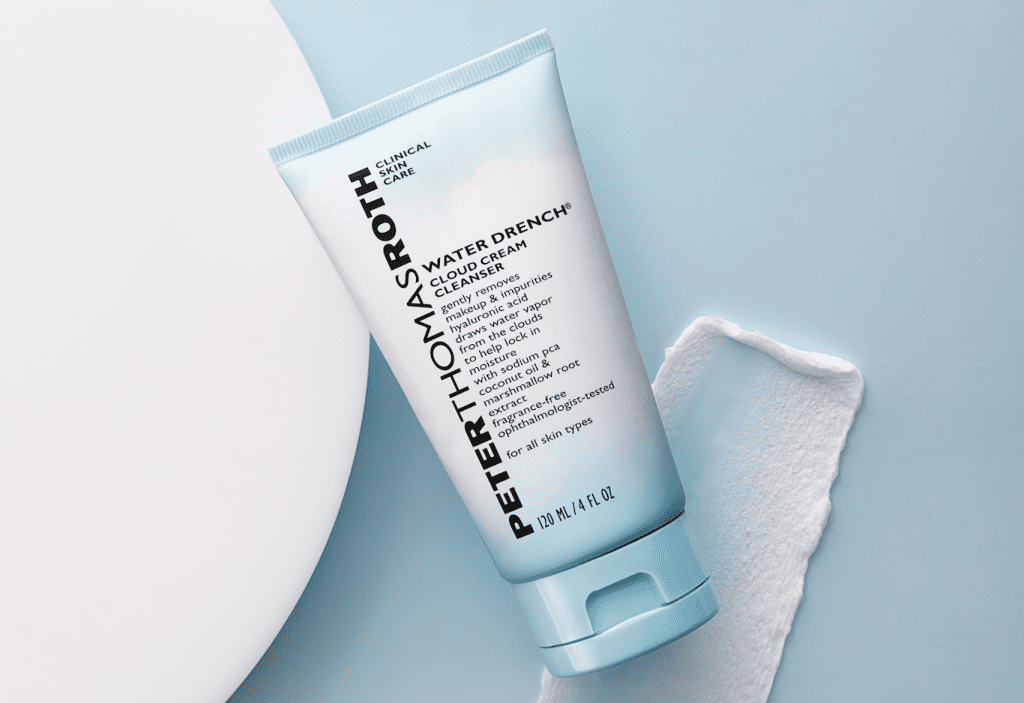A handful of the buzzy products of Peter Thomas Roth are at the center of a strongly-worded lawsuit, one that accuses the New York-based skincare company – which boasts about its “richly nourishing and technologically advanced” offerings – of peddling “pseudoscience” and falsifying the effectiveness of its hyaluronic acid-soaked skin creams and rose stem cell-formulated face masks in an attempt to stand out in the “fiercely competitive” $135 billion-plus skincare market and cater to the rising demand for anti-aging products among consumers.
According to the complaint that Peter Thomas Roth, LLC (“Roth”) customers Kari Miller and Samantha Paulson filed in a California state court in December 2018, Roth is running afoul of the law by “making false claims about the capabilities of [its] products,” at least some of which are among its best-selling products on Sephora’s website. The plaintiffs assert that “even in an industry known for hype,” Roth’s “outrageous marketing practices stand out among those of their competitors,” as Roth’s “claims about their [products] are not just hype; rather, they are demonstrably false.”
Specifically, Miller and Paulson state that two of Roth’s product lines, the influencer-endorsed “Rose Stem Cell” line and the “Water Drench” line, are at the center of their suit, as both lines have allegedly been marketed and sold in conjunction with “false and deceptive representations [about their] active ingredients” – rose stem cells and hyaluronic acid, respectively – that have enabled Roth to “profit enormously … while its customers are left with overpriced, ineffective skin care products.”
For instance the plaintiffs assert that in connection with its “Water Drench” line of products Roth “represents that the active ingredient, hyaluronic acid, will draw moisture from the atmosphere into the user’s skin, and will hold 1,000 times its weight in water for up to 72 hours.” This is impossible, they claim, as “hyaluronic acid is incapable of absorbing anywhere near 1,000 times its weight in water, even when it is in its anhydrous (i.e., waterless; completely dry) form.”
The judge notes that Roth “softened the claim with the words ‘up to’” in connection with the absorption power of the hyaluronic acid, but he also claims that “subtle qualifications do not overcome the thrust of the ad,” which is that “the ad was one thousand times its weight in water.”
As for Roth’s line of “Rose Stem Cell” products, which the brand claims are “are capable of repairing, regenerating, and rejuvenating human skin” and “stimulating cellular turnover” as a result of the inclusion of rose stem cells, the plaintiffs argue that “there is absolutely no evidence that rosestem cells can provide such benefits.” They allege that Roth is clearly “attempting to capitalize on the recent media attention that has been given to medical research of human stem cells, with the goal of confusing consumers and causing them to erroneously believe that they will receive significant health benefits by using the Rose Stem Cell Products.”
Such “pseudo-science” has enabled Roth to sell “over-priced products to a growing market for skin care products,” while enjoying an “unlawful advantage over [its] competitors,” the plaintiffs assert in the suit, which has since been transferred from California state court to federal court.
In a couple of recent developments in the case, Judge William Alsup of the U.S. District Court for the Northern District of California denied the plaintiffs’ bid for class action approval, a move that would enable other individuals who have purchased the allegedly misrepresented products to join in their suit and any ultimate settlement sum. According to Judge Alsup’s January 22 decision, “The plaintiffs can obtain their requested liability determination [for their false advertising claims] and statewide injunction against Roth’s challenged ads without certifying a class.”
Meanwhile, in a separate January 22 order, the judge decided on Roth’s motion for summary judgment, refusing (for the most part) to issue a final decision resolving the plaintiffs’ claims ahead of trial because there are still issues of fact to be determined, namely whether Roth’s marketing claims are deceptive.
According to Judge Alsup, it is unclear how a reasonable consumer might view the marketing claims that Roth uses in connection with its Rose Stem Cell Mask – namely, the labels, “rose stem cells,” “cutting edge bio-technology,” “bio-repair,” “regenerates,” and “rejuvenates.” While “some reasonable consumers might interpret this [language] as mere puffery,” and thus, not objective, actionable statements, “others could sensibly conclude that rose stem cells actually repair human skin,” which the plaintiffs argue is untrue, thereby, making the marketing claims deceptive.
In terms of Roth’s “Water Drench” line of products, the judge states that the plaintiffs “contend the reasonable consumer would believe that hyaluronic acid actually can attract and retain one thousand times its weight in water,” and in fact, “a jury could find that, based on the ad, reasonable consumers would expect that hyaluronic acid absorbs and retains about one thousand times its weight in water.” As such, these issues must go before a jury, which, Judge Alsup says “will look forward to an in-court demonstration in which a certain amount of hyaluronic acid is placed in a beaker, one thousand times that weight in water is placed in another beaker, and the contents are combined, all watching to see if all the water will be absorbed.”
*The case is Kari Miller, et al., v. Peter Thomas Roth, LLC, et al., 3:19-cv-00698 (N.D.Cal.)











